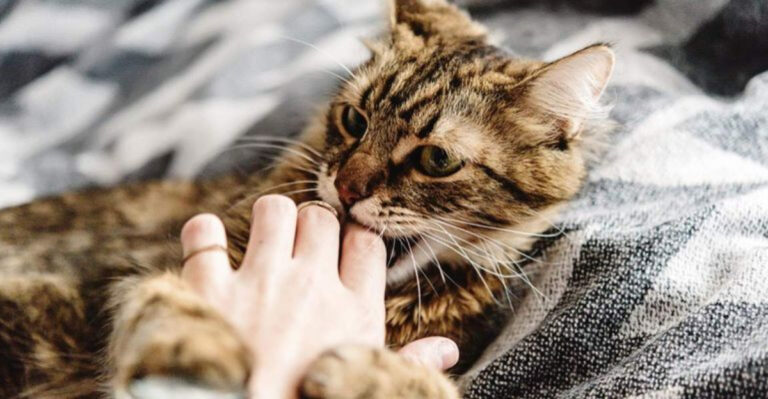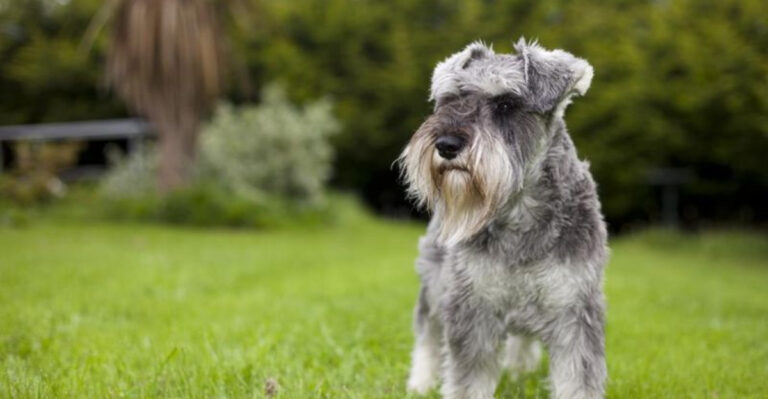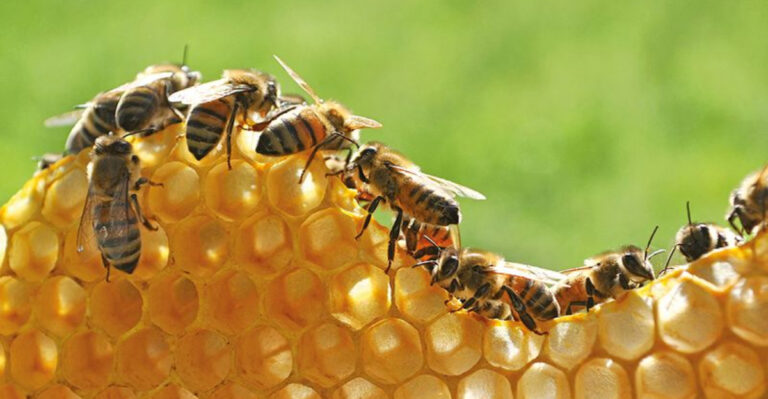15 Smart Tips For Knowing When To Clean Out Birdhouses
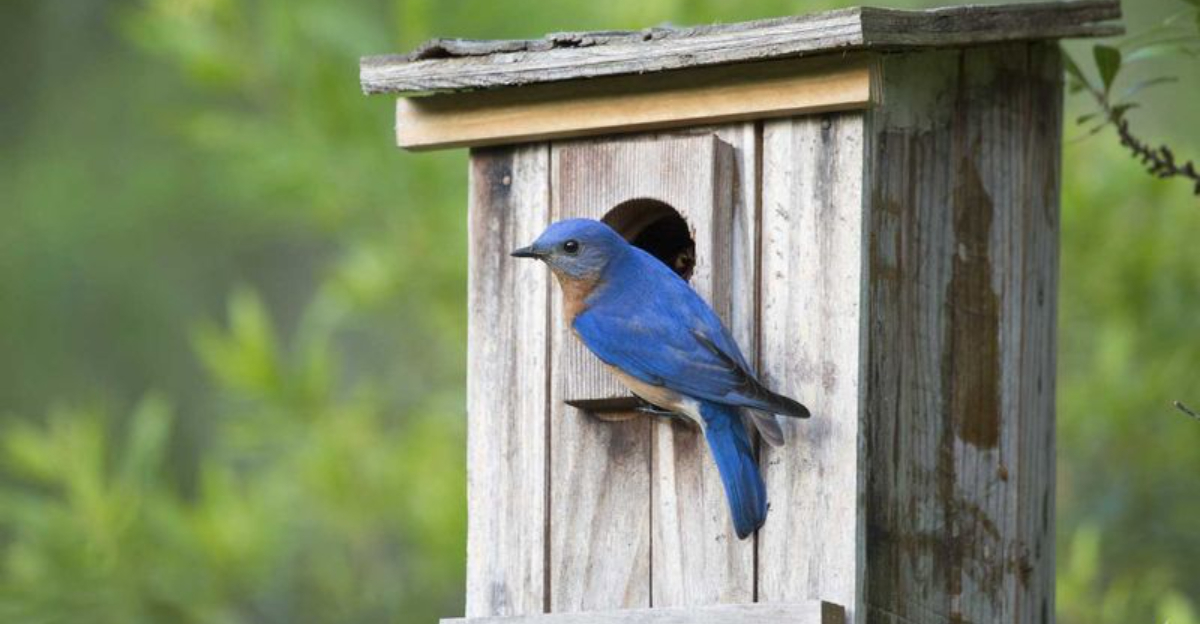
Keeping birdhouses clean isn’t just about being tidy – it’s crucial for the health of your feathered visitors. Birds can get sick from parasites and bacteria that build up in dirty nesting boxes.
Learning when to grab those cleaning supplies can make all the difference between a thriving backyard bird community and one that struggles with preventable problems.
1. Watch For Abandoned Nests
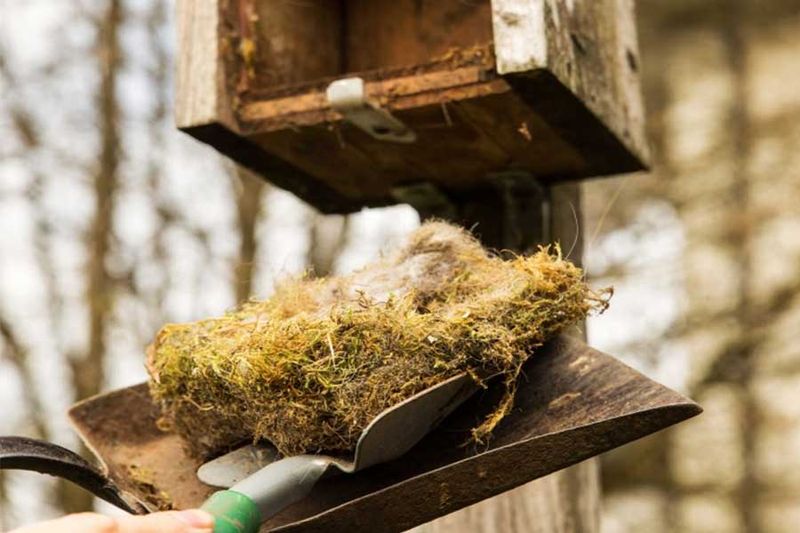
Baby birds have flown the coop? That’s your cue! Once you’re certain the nest is empty and no longer being visited by parent birds, it’s safe to clean.
Wait about two weeks after fledglings leave to ensure no stragglers remain. Some species may return for second broods, so timing matters.
2. Fall Cleaning Before Winter
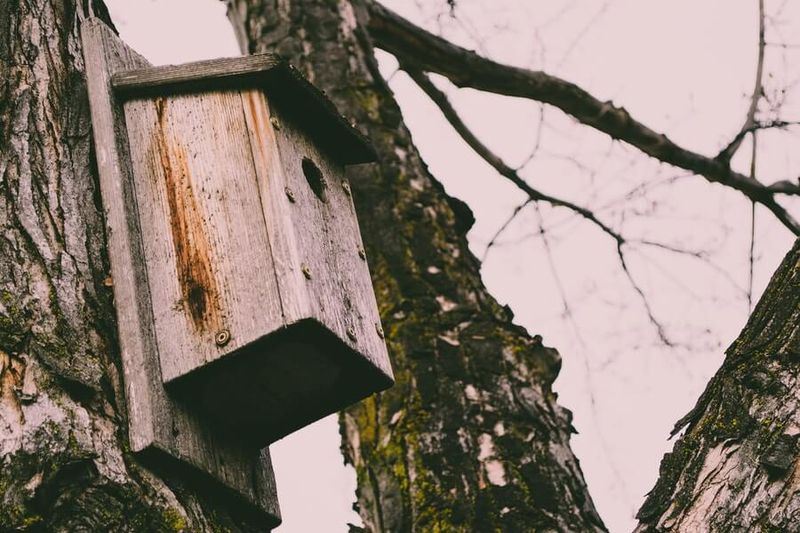
Autumn leaves aren’t the only things that need cleaning up. Late fall marks prime birdhouse cleaning season after breeding cycles end and before winter roosting begins.
October to November provides the perfect window in most regions. This timing removes parasite-laden materials while giving winter visitors clean shelter options.
3. Mite Infestations Signal Urgent Action
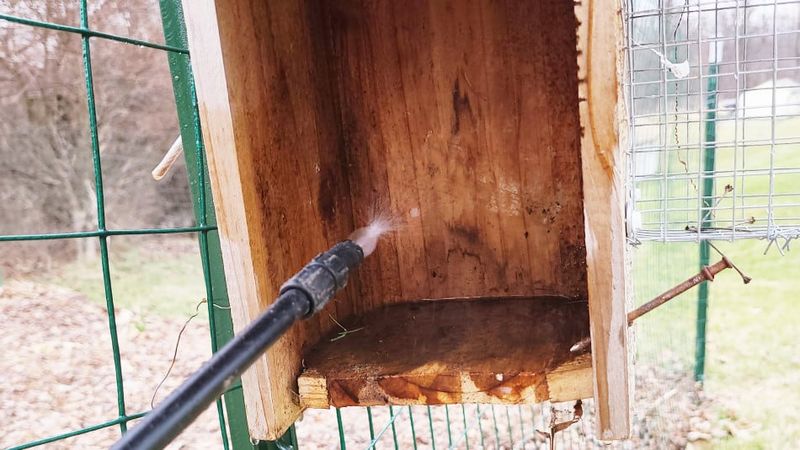
Tiny red dots crawling around your birdhouse? Those are mites! These parasites feast on nestlings and can cause abandonment or death.
If you spot mites during a quick inspection, it’s time for immediate cleaning after the birds have left. These pests multiply rapidly and will make your birdhouse uninhabitable.
4. Between Nesting Attempts
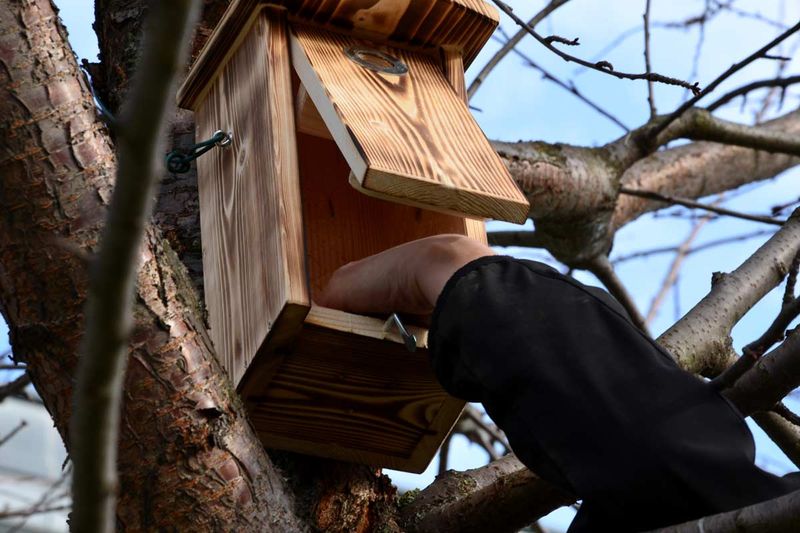
Many backyard birds raise multiple broods each season. The brief window between nesting attempts offers a golden opportunity for a quick cleanout.
Look for a period of decreased activity around the box. If you notice the parents haven’t returned for 3-5 days and no eggs are present, you’ve found your cleaning window.
5. Foul Odors Mean Immediate Attention
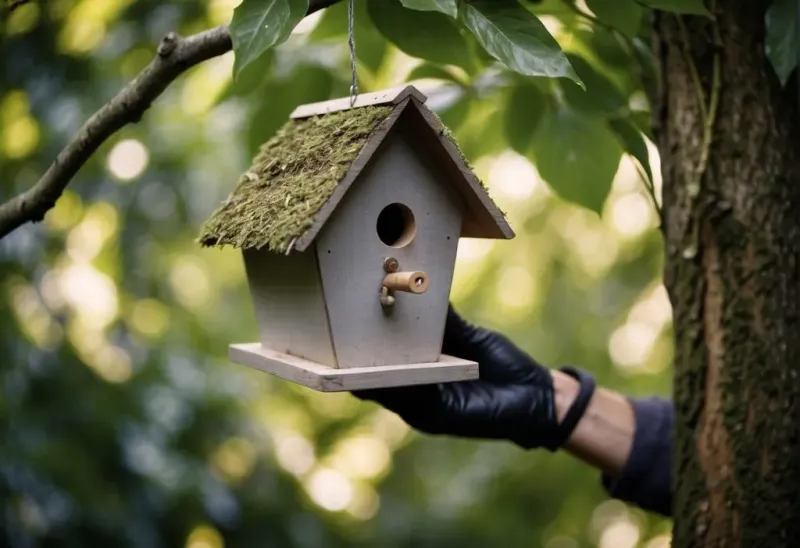
Your nose knows when something’s wrong! A smelly birdhouse often indicates deceased nestlings or rotting material that needs addressing.
Unpleasant odors can attract predators and spread disease. Once the nesting season ends, prioritize boxes with bad smells for thorough disinfection and material replacement.
6. Early Spring Preparation
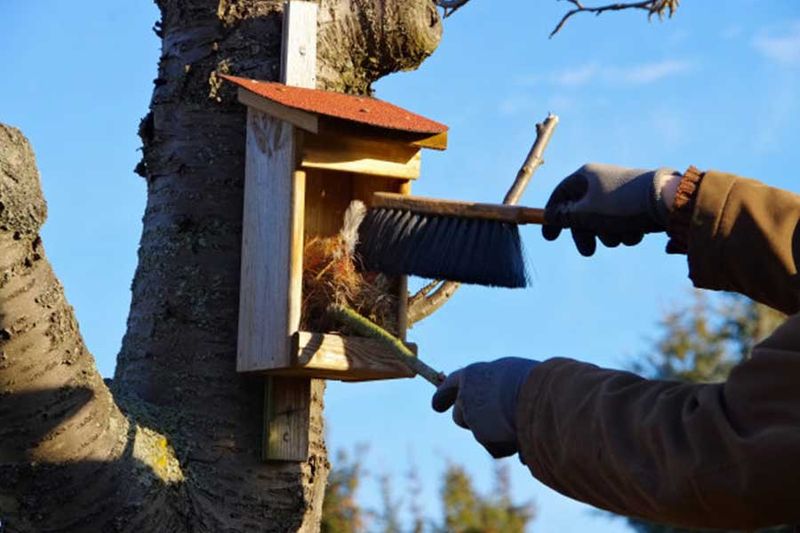
February’s chill brings perfect timing for birdhouse maintenance. Before the first migrants return, clean out any boxes that missed fall cleaning.
Early cleaning prevents returning birds from encountering last year’s parasites. Aim for completion at least two weeks before expected arrivals in your region for best results.
7. Monitor Occupancy With Discreet Checks
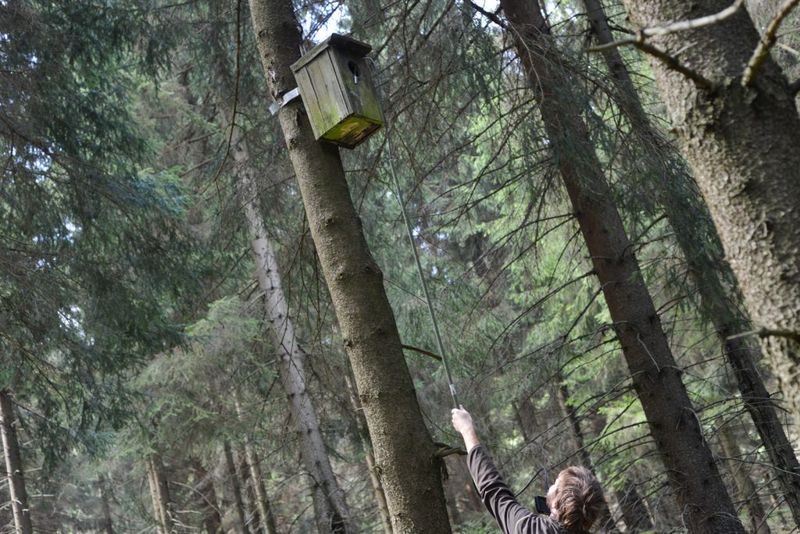
Playing birdhouse detective helps determine cleaning timing. Quick, non-invasive peeks during parents’ feeding trips can reveal nest status.
Use a small mirror on a stick or your phone camera to glimpse inside without disturbing residents. If you see empty space where nestlings once were, they’ve likely fledged successfully.
8. High Humidity Calls For Extra Vigilance
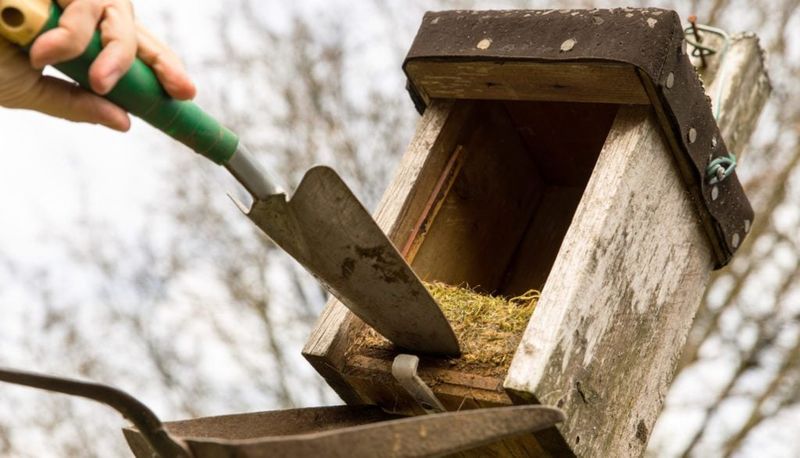
Damp, humid conditions turn birdhouses into mold factories. During particularly wet seasons, increase inspection frequency for signs of moisture problems.
Black spots, musty smells, or soggy nesting material demands immediate attention once birds have departed. Some regions may require mid-season cleaning during exceptionally rainy periods.
9. Post-Predator Incidents
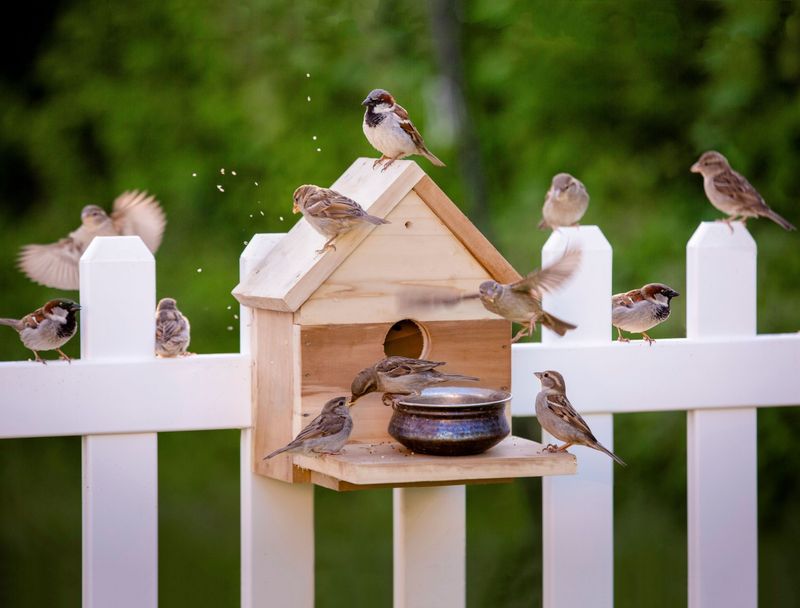
Snake visited your birdhouse? Cleanup can’t wait! After predator attacks, boxes need immediate attention once the nesting cycle concludes.
Predator scent lingering in boxes deters future nesters. Clean thoroughly with mild soap and water, then leave open to air out completely before reinstalling for maximum safety.
10. Regional Bird Calendars Guide Timing
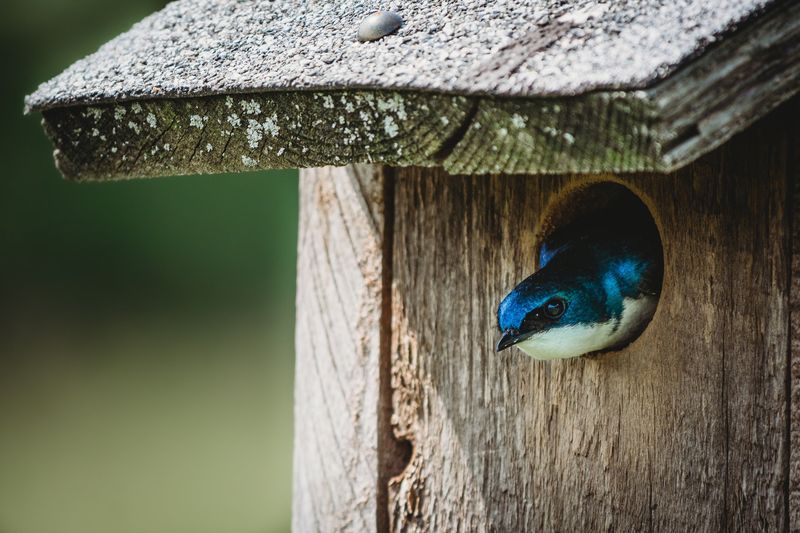
Birds follow different schedules depending on your location. Consulting local birding groups or extension offices provides region-specific cleaning windows.
Southern states may need December cleanings before early February nesters arrive. Northern regions might wait until March or April for the same maintenance tasks.
11. Insect Infestations Require Prompt Action
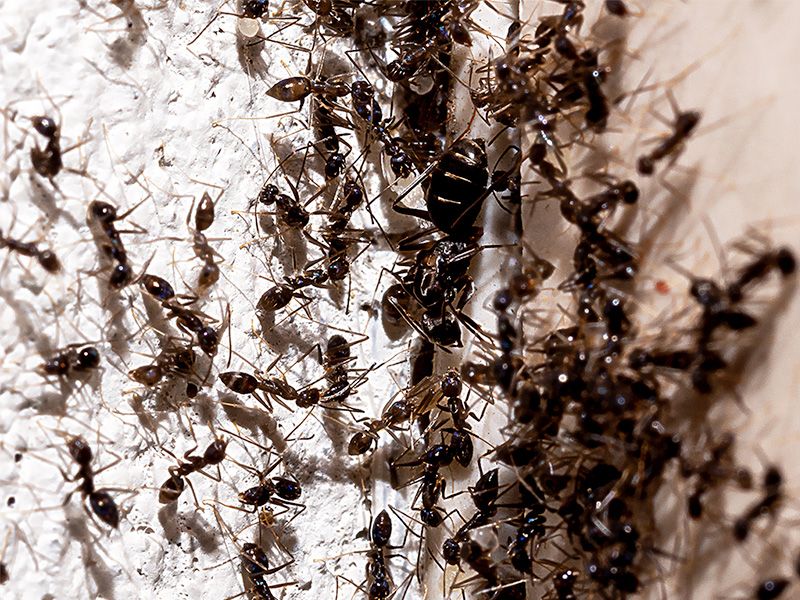
Tiny beetles, ants, or wasps taking over? These uninvited guests signal cleaning time. Wait until birds have completely vacated before addressing these problems.
Paper wasps particularly love abandoned boxes. Their presence means birds have moved on, giving you the green light for thorough cleaning and pest removal.
12. Weather Events Trigger Cleaning Needs
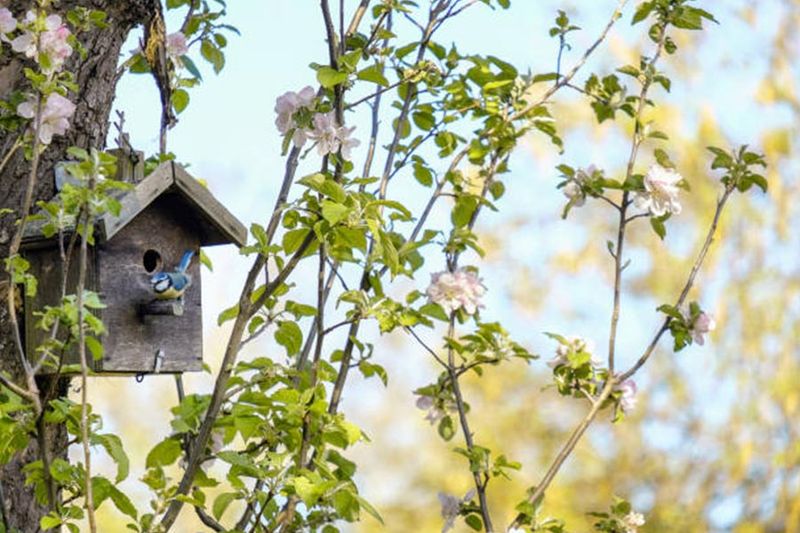
Severe storms can turn birdhouses into soggy messes. After significant weather events, inspect boxes for water damage, blown-in debris, or structural issues.
Even occupied boxes may need gentle cleaning if parent birds abandon them after storms. Wait a full day of observation before determining if intervention is necessary.
13. Listen For Changing Bird Sounds
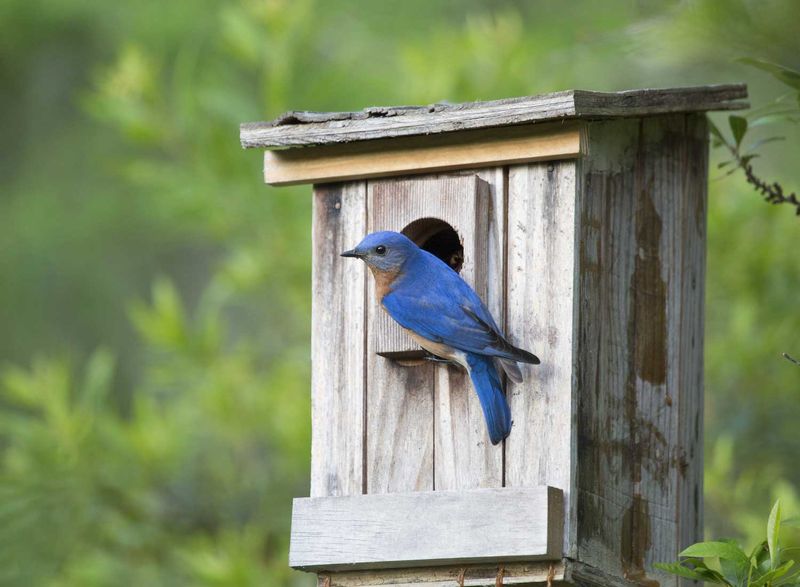
Bird chatter tells stories! Nestling begging calls suddenly stopping suggests fledging has occurred, signaling potential cleaning time.
Parent birds make distinct alarm calls during active nesting. When these calls cease and regular songs return, it often indicates the nesting cycle has completed.
14. Nesting Material At Entrance
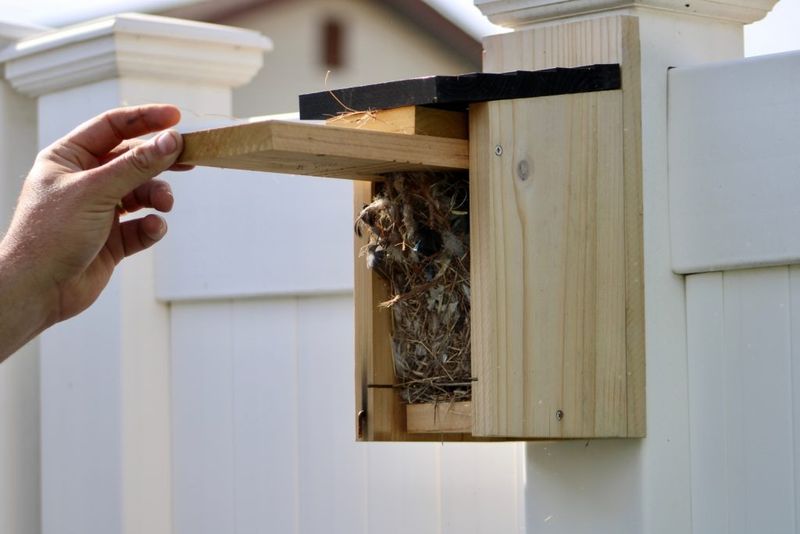
Messy doorways speak volumes! When nesting material spills from the entrance hole, it often indicates overcrowding or abandoned nests ready for removal.
This overflow happens when boxes have been used for multiple seasons without cleaning. Once birds depart, this visible clue signals it’s time for a complete cleanout.
15. Annual Maintenance Schedule
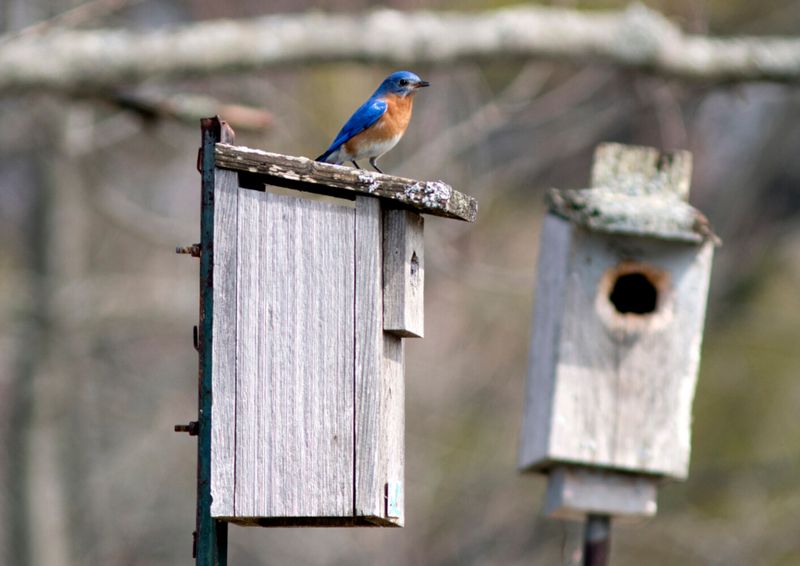
Calendar-based cleaning removes guesswork entirely. Mark your calendar for twice-yearly maintenance – once after breeding season ends and again before it begins.
Most bird experts recommend cleaning all boxes by late fall regardless of apparent condition. This consistent schedule ensures parasites don’t overwinter and boxes remain ready for early spring nesters.

